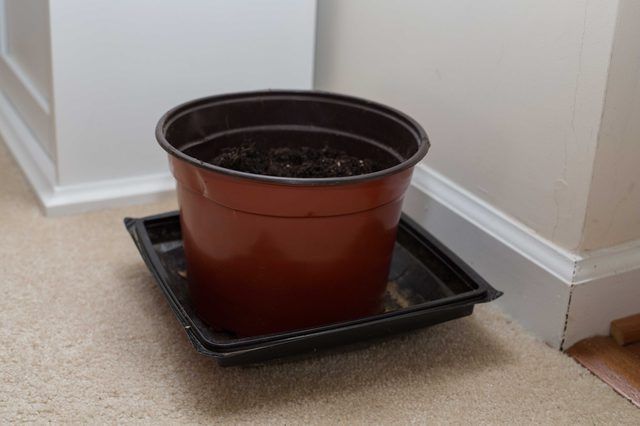Bulbs
Flower Basics
Flower Beds & Specialty Gardens
Flower Garden
Garden Furniture
Garden Gnomes
Garden Seeds
Garden Sheds
Garden Statues
Garden Tools & Supplies
Gardening Basics
Green & Organic
Groundcovers & Vines
Growing Annuals
Growing Basil
Growing Beans
Growing Berries
Growing Blueberries
Growing Cactus
Growing Corn
Growing Cotton
Growing Edibles
Growing Flowers
Growing Garlic
Growing Grapes
Growing Grass
Growing Herbs
Growing Jasmine
Growing Mint
Growing Mushrooms
Orchids
Growing Peanuts
Growing Perennials
Growing Plants
Growing Rosemary
Growing Roses
Growing Strawberries
Growing Sunflowers
Growing Thyme
Growing Tomatoes
Growing Tulips
Growing Vegetables
Herb Basics
Herb Garden
Indoor Growing
Landscaping Basics
Landscaping Patios
Landscaping Plants
Landscaping Shrubs
Landscaping Trees
Landscaping Walks & Pathways
Lawn Basics
Lawn Maintenance
Lawn Mowers
Lawn Ornaments
Lawn Planting
Lawn Tools
Outdoor Growing
Overall Landscape Planning
Pests, Weeds & Problems
Plant Basics
Rock Garden
Rose Garden
Shrubs
Soil
Specialty Gardens
Trees
Vegetable Garden
Yard Maintenance
How to Grow Tulips in a Pot
How to Grow Tulips in a Pot. Create gorgeous displays while protecting tulip (Tulipa) bulbs from predators and the elements by growing them in containers. Tulips are perennial in U.S. Department of Agriculture plant hardiness zones 3 through 8, although they don't always come back year after year. Container-grown plants can be interspersed with...
Create gorgeous displays while protecting tulip (Tulipa) bulbs from predators and the elements by growing them in containers. Tulips are perennial in U.S. Department of Agriculture plant hardiness zones 3 through 8, although they don't always come back year after year. Container-grown plants can be interspersed with other in-ground landscaping or used as a focal point in the garden or an entryway. The same technique also works for forcing tulip bulbs to bloom indoors to give a bright, spring-like flair to winter decor.
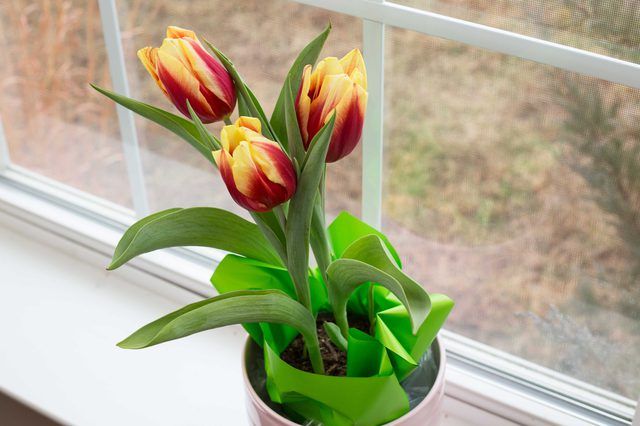
One of the most important factors when choosing a pot is to make sure it has drainage holes in the bottom to prevent the soil from becoming waterlogged. Size is also crucial. Look for containers at least 15 inches high with a diameter of 18 inches or more. The container can be simple or ornate. Choose your favorite type of pot, whether itís made of terra cotta, stone, clay or plastic. As long as it is big enough to accommodate the bulbs, any flowerpot can work.
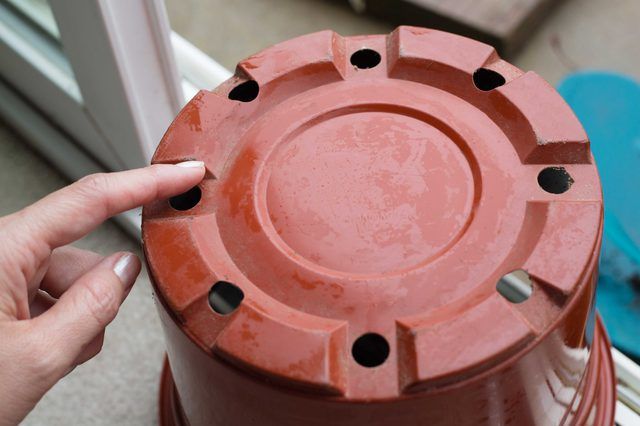
Stay with one hue or intersperse tulips with different flower colors, depending on your preference. Maximize the visual impact of blooms by planting tulip varieties that have similar bloom times such as Single Early and Fosteriana, both early bloomers. For a longer blooming season, plant varieties with staggering bloom times. For example, pair early-bloomers such as Double Early with mid-season bloomers such as Triumph and late bloomers such as Parrot and Viridiflora. If youíre choosing tulips to force indoors, select shorter varieties such as Tulipa humilis, which tend to force more easily, according to the National Gardening Association. Start the forcing process in October for flowers in late December or start in late fall for flowers in mid-winter.
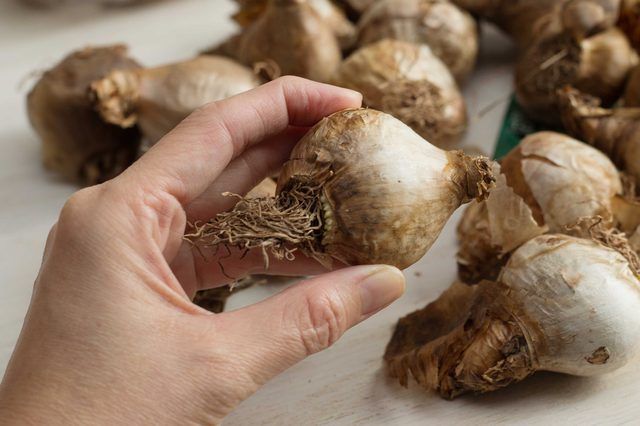
Mix a general granular fertilizer, such as a 5-10-10 formula, into potting soil. Plant each bulb two to three times as deep as the bulb's height, placing them close together in a circular pattern without letting the bulbs touch. Cover the bulbs with potting mix and water the pot thoroughly. Place the pot in a protected, unheated spot such as an unheated garage to chill the bulbs while keeping them above freezing. In early spring, water the pots lightly. Move the potted tulips to their intended location once the bulbs begin sprouting above the soil's surface. Maintain even soil moisture during the growing season. If you're forcing the bulbs, plant them right below the soil's surface so you can still see the tips of the bulbs.
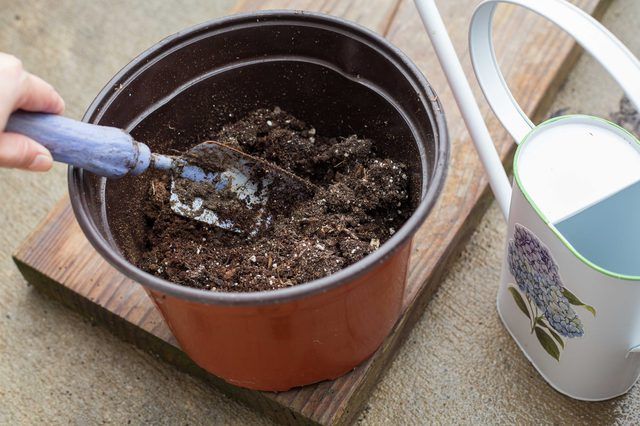
To force potted tulips to flower, first chill the unplanted bulbs for six weeks in a paper bag placed in the crisper drawer of the refrigerator. Then, plant them in the pot and place it in a dark room thatís approximately 55 F for one month before moving them to a warmer, sunny spot to bloom. Alternatively, place potted bulbs in a dark room for eight to 16 weeks, maintaining temperatures of 32 to 50 F. Once the bulbs start growing sprouts, move the pots into a room that has bright, indirect light and temperatures of 50 to 65 F for two weeks. Once the shoots reach heights of 2 inches, move the pot to flower in a sunny area with temperatures of approximately 68 F during the day and 60 F at night.
